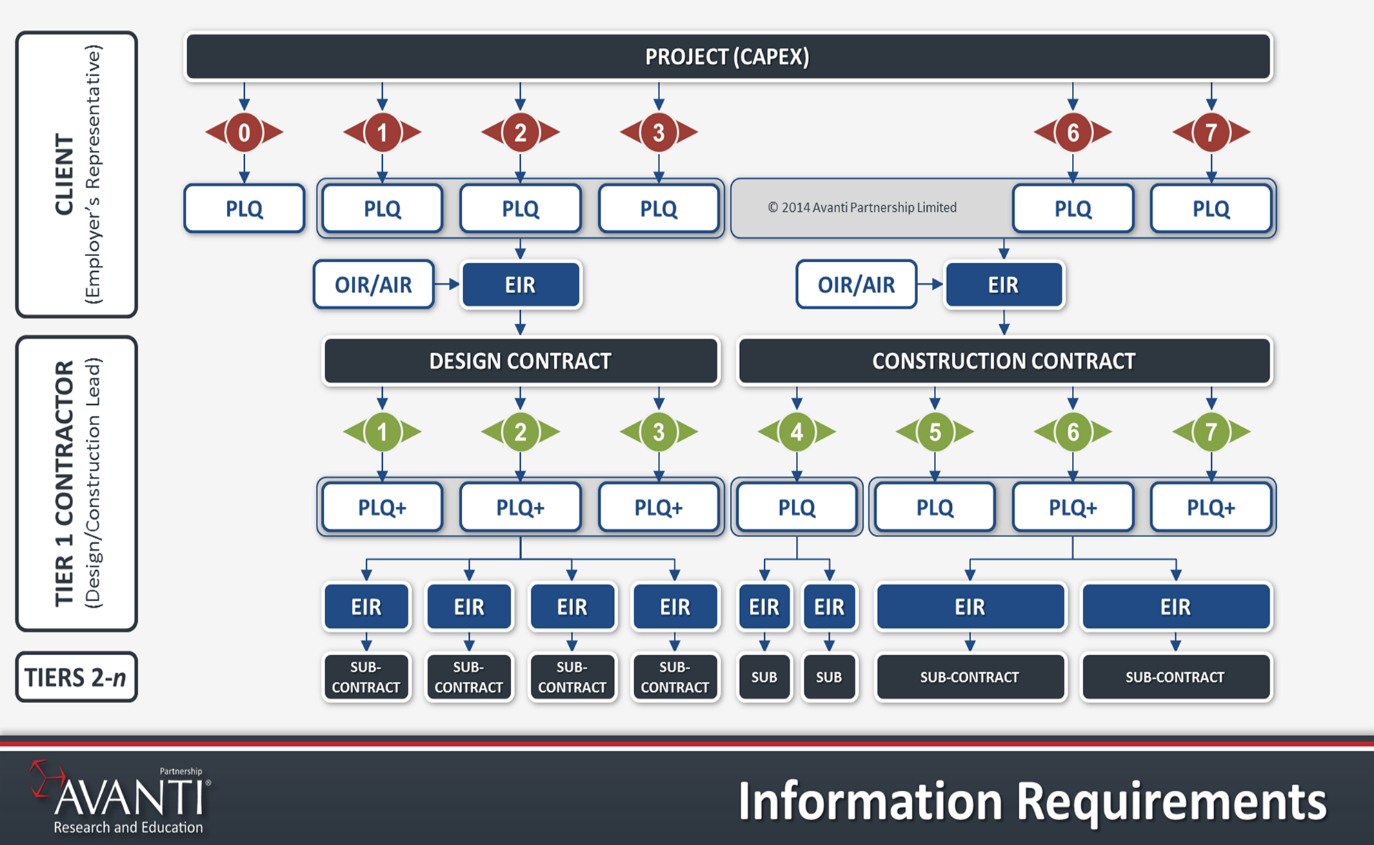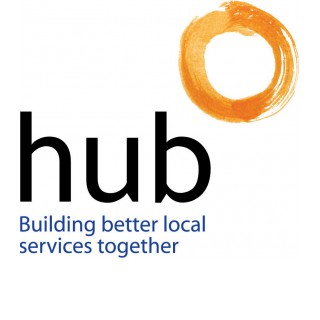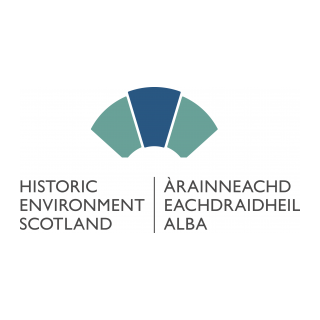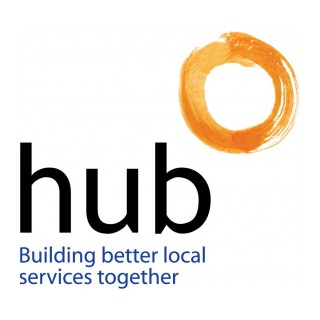During the build and commission stage, the Project Information Model (PIM) continues to develop however most of the exchanges are now between members of the supply chain as oppose to the client. This is particular relevant for design work that is being undertaken by subcontractors and or their suppliers.
PAS1192-2 notes that at this stage any generic object shall be replaced with the object procured from the manufacturer. Any essential information to be retained shall be reattached or relinked to the replacement object.
The key objective is to ensure “As constructed” models, data and documentation is delivered especially the capturing of operation and maintenance data from manufacturers. Thought should be given to the use of Product Data Templates which are aligned with the COBie schema to ensure a consistent method in how data in collated and managed.
The benefits of adopting BIM during this stage will be linked to clash detection, construction scheduling, work-package management, cost management, quality control and health & safety planning. The suppliers should be encouraged to adopt Lean and Collaborative working practices to enhance the BIM work-flows.
The Avanti diagram below shows how the EIR may also repeat between the first tier and the subsequent tiers. From Design Lead to its supply chain and from the Construction Lead to its supply chain for each Stage. It is especially important at this stage that the demand of information can cascade downwards and supply of information pull upwards.

The Build and comission stage contains two key tasks which include the management of Model Review Meetings and PIM Data Exchanges and Validation.







